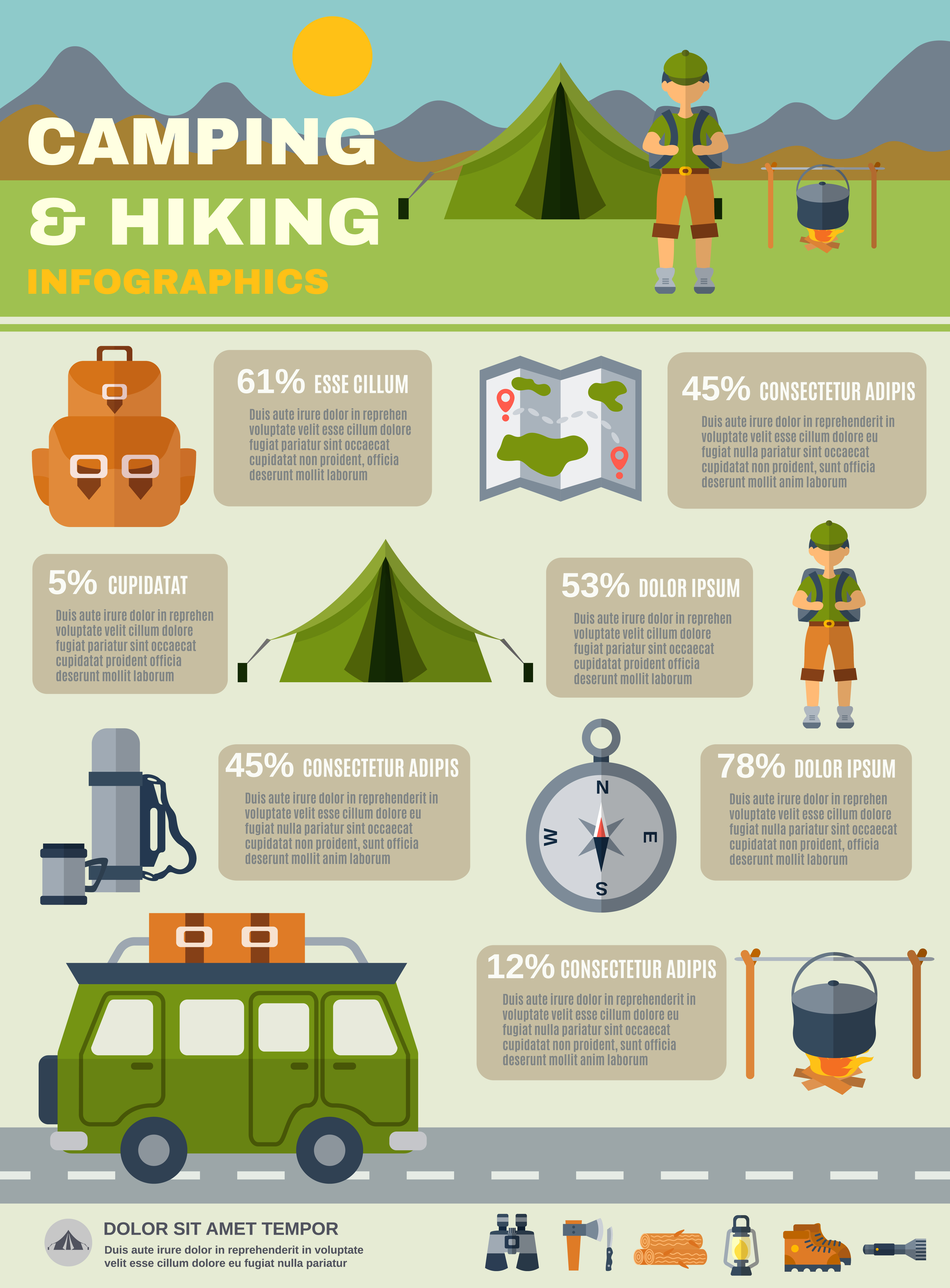Winter months outdoor camping is an enjoyable and adventurous experience, but it needs correct equipment to ensure you stay warm. You'll require a close-fitting base layer to catch your body heat, together with a protecting coat and a water resistant shell.
You'll additionally require snow risks (or deadman supports) buried in the snow. These can be linked utilizing Bob's brilliant knot or a regular taut-line drawback.
Pitch Your Tent
Winter outdoor camping can be an enjoyable and adventurous experience. Nonetheless, it is very important to have the correct equipment and know how to pitch your outdoor tents in snow. This will prevent cool injuries like frostbite and hypothermia. It is also important to consume well and stay hydrated.
When establishing camp, ensure to select a site that is sheltered from the wind and devoid of avalanche danger. It is likewise an excellent idea to load down the location around your camping tent, as this will help reduce sinking from temperature.
Before you set up your tent, dig pits with the exact same dimension as each of the anchor factors (groundsheet rings and individual lines) in the center of the camping tent. Fill these pits with sand, stones and even things sacks loaded with snow to small and safeguard the ground. You might additionally want to consider a dead-man anchor, which involves tying tent lines to sticks of wood that are buried in the snow.
Pack Down the Location Around Your Camping tent
Although not a need in a lot of areas, snow stakes (also called deadman supports) are a superb enhancement to your camping tent pitching kit when outdoor camping in deep or pressed snow. They are generally sticks that are created to be buried in the snow, where they will certainly freeze and produce a strong support point. For ideal outcomes, utilize a clover drawback knot on the top of the stick and hide it in a few inches of snow or sand.
Establish Your Outdoor tents
If you're camping in snow, it is an excellent idea to utilize a camping tent developed for winter backpacking. 3-season outdoors tents function fine if you are making camp below tree zone and not expecting specifically severe weather, yet 4-season tents have tougher poles and textiles and offer more defense from wind and heavy snowfall.
Make certain to bring sufficient insulation for your sleeping bag and a cozy, completely dry inflatable mat to sleep on. Blow up mats are much warmer than foam and assistance prevent cold places in your camping tent. You can additionally add an added floor covering for sitting or cooking.
It's also a good idea to establish your outdoor tents near to an all-natural wind block, such as a team of trees. This will make your camp extra comfortable. If you can not discover a windbreak, you can create your very own by excavating holes and burying items, such as rocks, outdoor tents risks, or "dead man" anchors (old tent individual lines) with a shovel.
Restrain Your Outdoor tents
Snow stakes aren't required if you make use of the best methods to anchor your tent. Buried sticks (possibly collected on your strategy walking) and ski poles work rainfly well, as does some version of a "deadman" buried in the snow. (The idea is to create a support that is so solid you will not have the ability to draw it up, despite a lot of initiative.) Some producers make specialized dead-man supports, but I favor the simplicity of a taut-line hitch linked to a stick and then hidden in the snow.
Recognize the surface around your camp, especially if there is avalanche threat. A branch that falls on your camping tent can harm it or, at worst, hurt you. Also be wary of pitching your tent on a slope, which can catch wind and cause collapse. A sheltered location with a low ridge or hillside is much better than a steep gully.
